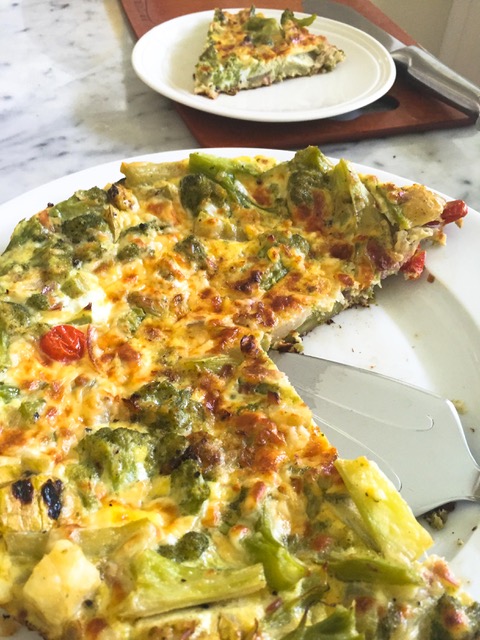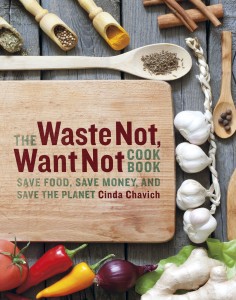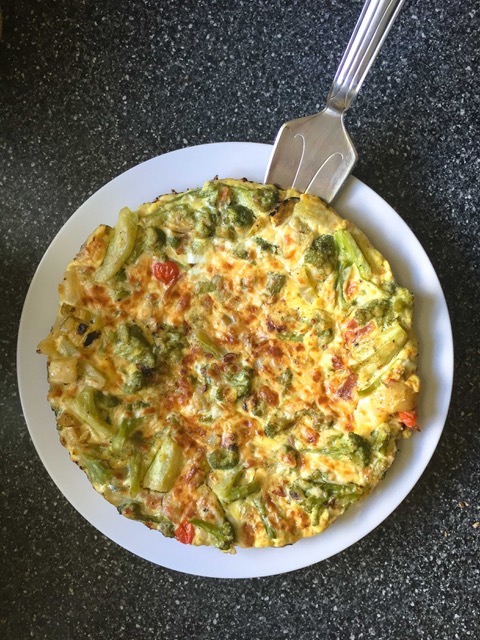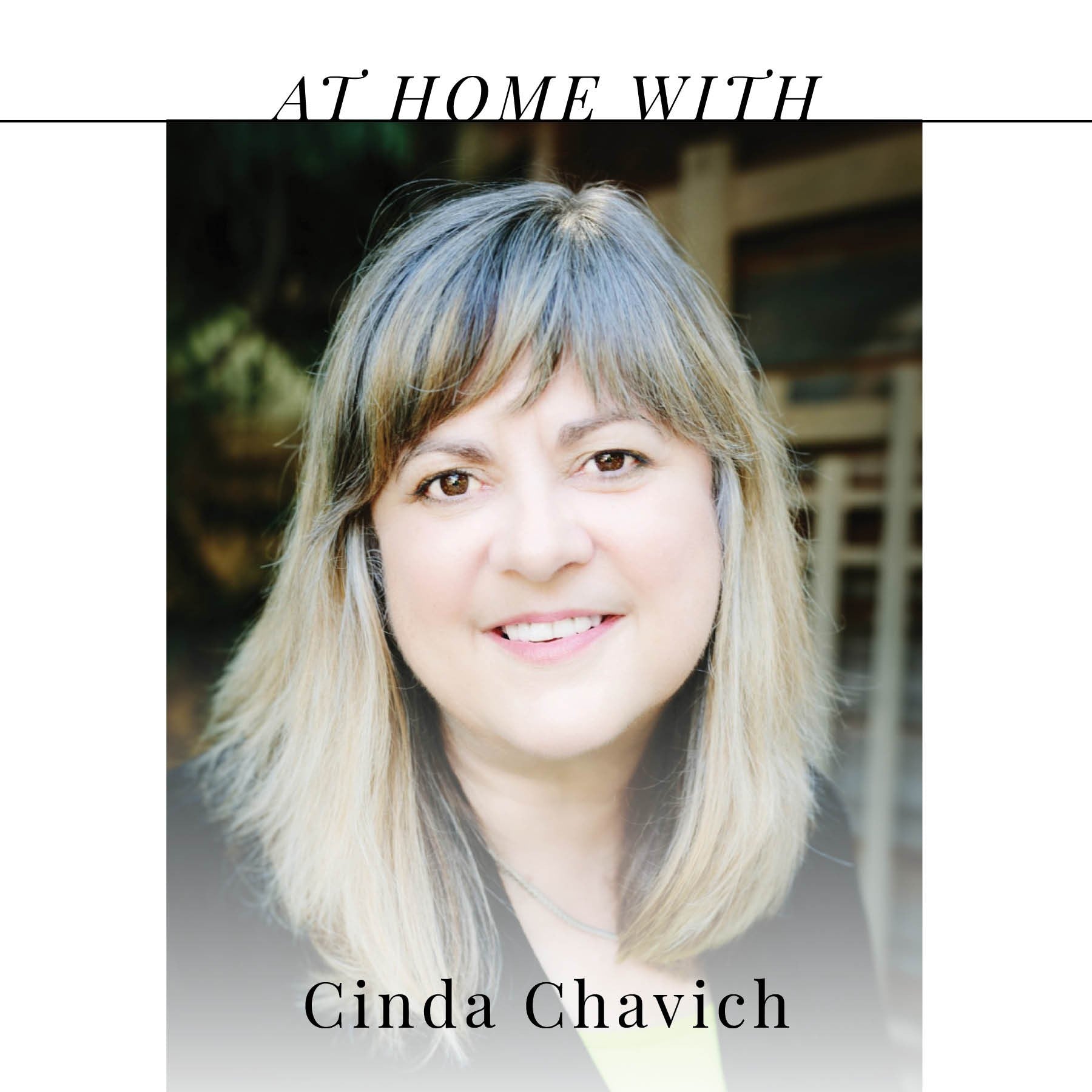A Note from the publisher
We're living in an unprecedented moment in history, and it's been amazing to see how people are pulling together to support one another. Here at TouchWood we've decided to ask our authors what has been keeping them busy during a time when we've all been asked to stay home to Flatten the Curve.
I’m a freelance journalist and a bit of an introvert, so staying home, and working from my home office, is sort of my thing.
But my work—writing food and travel stories—is what keeps my solitary life in balance. Getting out of the house and talking to people is the way I do the research for my stories and books, so cutting off connections to restaurants and chefs, and putting all travel on hold, definitely puts a crimp into my creative output.
Like you, I’m anxious and worried, about everything and everyone, from the health of my friends and family to the health of the world. I’m staggered by the uncertainty of the future, when I will next see my mother and how our small city, so dependent on tourism and so rich in small entrepreneurs, will survive. I’m grieving, too, for the families and marginalized populations who are suffering so much, and the sick and elderly, who are often dying without dignity.
There’s not a lot of work for freelance writers these days. The magazines I write for are in limbo, too, the small businesses that support them are focused more on staying afloat than advertising.
So as the dominos of disease and social distancing and closures topple everything in their wake, my life as a writer is suddenly without daily routine, focus or purpose.
Yet it’s also suddenly awash with time, a gift of possibilities.

I’m filling that time with reading and cooking, walking and gardening. There’s a new compost bin in the back yard and I’m clearing out some sunny spaces to plant pots of lettuces, beans, radishes and chard. I’ll try some zucchini again this year in my shady plot, and look for tomato plants at the garden centre soon.
I’m trying to learn skills I’ve left on the back burner for years—a (so far unsuccessful) attempt to create a new website, reviving another cookbook project, even taking a stab at sewing face masks.
And, of course, I’m taking my own advice, from my
Waste Not, Want Not Cookbook, and using up the food we have on hand and following my mantra of “cooking backwards.”
Instead of starting with a recipe, I start dinner with a browse through my own fridge, freezer and panty. Inspiration comes from the ingredients I’ve squirreled away, and I’m finding that foods I’ve cherry-picked from specialty stores or carried home from around the world, make great jumping off points for delicious dishes. Special sauces and exotic spices are my muses—a vegetarian coconut curry or a Mexican turkey mole using my stash of dried chilies, a Polish sauerkraut soup, or the comforting pasta with broccoli sauce recipe shared by one of my favourite city chefs.
I’m working through my larder, repurposing and reinventing leftovers so nothing goes to waste, which means a little more reliance on pasta, rice, noodles and grains.
I dearly miss dining out in our fine local restaurants but we’re eating well, maybe even too well, as my waistline reminds me.
My own skills in the kitchen and my tried-and-true recipes are a gift, too. I’m digging back through my own books—from
The Girl Can’t Cook and
The 250 Best Pressure Cooker Recipes to
The Waste Not, Want Not Cookbook, my latest and a topic that’s so clearly on point today, when people are worrying about buying food and finding creative ways to use it up.

So we’ve feasted on braised lamb with olives and Israeli couscous, homemade pizza and egg foo yung, classic lasagna and savoury bread pudding, fashioned from the heels of our artisan bread and cheeses, with salmon, spinach and dill. I’m leaning on those simple “mother recipes”, the peasant dishes devised around the world to stretch limited resources and use up leftovers, from hearty soups and frittata, to risotto, stir fries, omelettes and savoury bread puddings.
My own anxiety stems from what was always a fairly shuttered lifestyle, made intensely so by this newly shuttered world. But my favourite butchers and bakers are still curing hams and making stellar salami, grinding grains and turning out beautiful breads. I can pick up the phone or shop on line, for delivery of my favourite Thai food or a box of local groceries.
Still, I miss browsing through local shops, chatting with my hairdresser and bookseller, poking through unique boutiques and consignment stores, the places where I found friendly and familiar faces, people to share community connections. As a relative newcomer, I now understand how much I depended on those little interactions and conversations I had while exploring our amazing city.
The upside is that it’s spring, warm days filled with sunny blue skies. The neighborhood is quiet, with people out walking, kids biking down my street, trees and flowers bursting with blooms. The tide goes in and out like clockwork. The hummingbirds buzz up to the feeder with purpose and the people ring their bells in solidarity at 7 p.m.
I’m still anxious about a lot of things, the way the world and my city will look a year or two from now, and how I will fit in. Hopefully, our colleagues and friends will hang on, and there will be joyful dinner parties, busy farm markets, and writing assignments again soon.
And I hope that we can all take the lessons learned by the current chaos to heart and fix what’s so obviously broken—flattening the economic curve by redistributing some of the excessive wealth of the few to support the many who need better hospital care, nursing home care, daycare and food security. A paradigm shift to put human and environmental priorities ahead of stock markets would be a good place to start, and a place that the planet seems to be forcing us to go.
But for now, we sit and we wait and we ponder and we cook—from scratch, for comfort and sustenance, appreciating and never wasting any of our precious food.
And that’s a good, and hopeful, thing.
Recipes

Broccoli Fritatta
Serves 4
This is “mother” recipe that will work with whatever leftover vegetables, herbs, or cheeses you have in the fridge or freezer. You can even use frozen hash brown potatoes to speed up the prep.
-
 2 Tbsp olive oil
2 Tbsp olive oil
- 2 yellow-fleshed potatoes, peeled and diced
- 1 onion, chopped
- 2 cloves garlic, chopped
- ½ cup diced red pepper
- ½ tsp Italian seasoning
- ½ tsp salt
- ½ tsp freshly ground black pepper
- 6 eggs
- 1 cup cooked chopped broccoli
- 1 cup shredded cheddar, Gruyère, or Gouda cheese
Preheat the broiler.
In a large sauté pan that you can use in the oven, heat the oil over medium-high. Sauté the potatoes, onion, garlic, and red pepper for 5 to 10 minutes. When the potatoes begin to brown, reduce the heat to medium and stir in the Italian seasoning, salt, and pepper.
Meanwhile, in a bowl or measuring cup, whisk the eggs until well beaten.
When the potatoes are tender, add the chopped broccoli and stir to distribute evenly in the pan. Pour the beaten egg overtop, stirring lightly and lifting the edges to allow the uncooked egg to run underneath the frittata as it begins to firm up and set. When it’s nicely browned on the bottom, and the edges are cooked (this will take about 10 minutes), sprinkle the cheese evenly over the frittata and place the pan in the oven under the broiler. Cook for about 2 minutes, until the cheese is melted and the frittata is cooked through.
Remove from the oven and set aside to cool for a minute or two before slicing into wedges to serve.
Stone Soup
Serves 6
The fable of Stone Soup is all about combining random ingredients in the pot, a little contribution from many to make a dish that’s more than the sum of its parts. A pot of soup is the ultimate, use-it-up solution when there are leftovers in the fridge and a few basics in the pantry. Use this recipe as a template and get creative!
- ½ lb bacon, cut into ¼-inch pieces
- 1 small onion, minced
- 4 cloves garlic, minced or puréed
- 1 cup plain tomato sauce
- 1 (19 oz) can chickpeas, drained
- 12 cups water
- 1 lb small soup pasta (macaroni, ditali, orzo, etc.)
- Freshly ground black pepper, to taste
- Grated Parmigiano- Reggiano, for garnish
In a deep sauté pan over medium heat, cook the bacon until it begins to brown, then add the onion and garlic, and cook until tender. Drain off any excess fat and add the tomato sauce and chickpeas to the pan. Cover, reduce heat to low, and simmer for 15 minutes.
Meanwhile, in a large saucepan, bring the water to a boil and cook the pasta until al dente, about 3 to 5 minutes.
Add the sauce to the pasta pot (with the water) and stir to combine. Bring back to a boil and simmer for 15 minutes, adding more water if necessary.
Season with pepper and top each serving with a little grated Parmigiano-Reggiano.
Find more information here.
 I’m filling that time with reading and cooking, walking and gardening. There’s a new compost bin in the back yard and I’m clearing out some sunny spaces to plant pots of lettuces, beans, radishes and chard. I’ll try some zucchini again this year in my shady plot, and look for tomato plants at the garden centre soon.
I’m trying to learn skills I’ve left on the back burner for years—a (so far unsuccessful) attempt to create a new website, reviving another cookbook project, even taking a stab at sewing face masks.
And, of course, I’m taking my own advice, from my Waste Not, Want Not Cookbook, and using up the food we have on hand and following my mantra of “cooking backwards.”
Instead of starting with a recipe, I start dinner with a browse through my own fridge, freezer and panty. Inspiration comes from the ingredients I’ve squirreled away, and I’m finding that foods I’ve cherry-picked from specialty stores or carried home from around the world, make great jumping off points for delicious dishes. Special sauces and exotic spices are my muses—a vegetarian coconut curry or a Mexican turkey mole using my stash of dried chilies, a Polish sauerkraut soup, or the comforting pasta with broccoli sauce recipe shared by one of my favourite city chefs.
I’m working through my larder, repurposing and reinventing leftovers so nothing goes to waste, which means a little more reliance on pasta, rice, noodles and grains.
I dearly miss dining out in our fine local restaurants but we’re eating well, maybe even too well, as my waistline reminds me.
My own skills in the kitchen and my tried-and-true recipes are a gift, too. I’m digging back through my own books—from The Girl Can’t Cook and The 250 Best Pressure Cooker Recipes to The Waste Not, Want Not Cookbook, my latest and a topic that’s so clearly on point today, when people are worrying about buying food and finding creative ways to use it up.
I’m filling that time with reading and cooking, walking and gardening. There’s a new compost bin in the back yard and I’m clearing out some sunny spaces to plant pots of lettuces, beans, radishes and chard. I’ll try some zucchini again this year in my shady plot, and look for tomato plants at the garden centre soon.
I’m trying to learn skills I’ve left on the back burner for years—a (so far unsuccessful) attempt to create a new website, reviving another cookbook project, even taking a stab at sewing face masks.
And, of course, I’m taking my own advice, from my Waste Not, Want Not Cookbook, and using up the food we have on hand and following my mantra of “cooking backwards.”
Instead of starting with a recipe, I start dinner with a browse through my own fridge, freezer and panty. Inspiration comes from the ingredients I’ve squirreled away, and I’m finding that foods I’ve cherry-picked from specialty stores or carried home from around the world, make great jumping off points for delicious dishes. Special sauces and exotic spices are my muses—a vegetarian coconut curry or a Mexican turkey mole using my stash of dried chilies, a Polish sauerkraut soup, or the comforting pasta with broccoli sauce recipe shared by one of my favourite city chefs.
I’m working through my larder, repurposing and reinventing leftovers so nothing goes to waste, which means a little more reliance on pasta, rice, noodles and grains.
I dearly miss dining out in our fine local restaurants but we’re eating well, maybe even too well, as my waistline reminds me.
My own skills in the kitchen and my tried-and-true recipes are a gift, too. I’m digging back through my own books—from The Girl Can’t Cook and The 250 Best Pressure Cooker Recipes to The Waste Not, Want Not Cookbook, my latest and a topic that’s so clearly on point today, when people are worrying about buying food and finding creative ways to use it up.
 So we’ve feasted on braised lamb with olives and Israeli couscous, homemade pizza and egg foo yung, classic lasagna and savoury bread pudding, fashioned from the heels of our artisan bread and cheeses, with salmon, spinach and dill. I’m leaning on those simple “mother recipes”, the peasant dishes devised around the world to stretch limited resources and use up leftovers, from hearty soups and frittata, to risotto, stir fries, omelettes and savoury bread puddings.
My own anxiety stems from what was always a fairly shuttered lifestyle, made intensely so by this newly shuttered world. But my favourite butchers and bakers are still curing hams and making stellar salami, grinding grains and turning out beautiful breads. I can pick up the phone or shop on line, for delivery of my favourite Thai food or a box of local groceries.
Still, I miss browsing through local shops, chatting with my hairdresser and bookseller, poking through unique boutiques and consignment stores, the places where I found friendly and familiar faces, people to share community connections. As a relative newcomer, I now understand how much I depended on those little interactions and conversations I had while exploring our amazing city.
The upside is that it’s spring, warm days filled with sunny blue skies. The neighborhood is quiet, with people out walking, kids biking down my street, trees and flowers bursting with blooms. The tide goes in and out like clockwork. The hummingbirds buzz up to the feeder with purpose and the people ring their bells in solidarity at 7 p.m.
I’m still anxious about a lot of things, the way the world and my city will look a year or two from now, and how I will fit in. Hopefully, our colleagues and friends will hang on, and there will be joyful dinner parties, busy farm markets, and writing assignments again soon.
And I hope that we can all take the lessons learned by the current chaos to heart and fix what’s so obviously broken—flattening the economic curve by redistributing some of the excessive wealth of the few to support the many who need better hospital care, nursing home care, daycare and food security. A paradigm shift to put human and environmental priorities ahead of stock markets would be a good place to start, and a place that the planet seems to be forcing us to go.
But for now, we sit and we wait and we ponder and we cook—from scratch, for comfort and sustenance, appreciating and never wasting any of our precious food.
And that’s a good, and hopeful, thing.
So we’ve feasted on braised lamb with olives and Israeli couscous, homemade pizza and egg foo yung, classic lasagna and savoury bread pudding, fashioned from the heels of our artisan bread and cheeses, with salmon, spinach and dill. I’m leaning on those simple “mother recipes”, the peasant dishes devised around the world to stretch limited resources and use up leftovers, from hearty soups and frittata, to risotto, stir fries, omelettes and savoury bread puddings.
My own anxiety stems from what was always a fairly shuttered lifestyle, made intensely so by this newly shuttered world. But my favourite butchers and bakers are still curing hams and making stellar salami, grinding grains and turning out beautiful breads. I can pick up the phone or shop on line, for delivery of my favourite Thai food or a box of local groceries.
Still, I miss browsing through local shops, chatting with my hairdresser and bookseller, poking through unique boutiques and consignment stores, the places where I found friendly and familiar faces, people to share community connections. As a relative newcomer, I now understand how much I depended on those little interactions and conversations I had while exploring our amazing city.
The upside is that it’s spring, warm days filled with sunny blue skies. The neighborhood is quiet, with people out walking, kids biking down my street, trees and flowers bursting with blooms. The tide goes in and out like clockwork. The hummingbirds buzz up to the feeder with purpose and the people ring their bells in solidarity at 7 p.m.
I’m still anxious about a lot of things, the way the world and my city will look a year or two from now, and how I will fit in. Hopefully, our colleagues and friends will hang on, and there will be joyful dinner parties, busy farm markets, and writing assignments again soon.
And I hope that we can all take the lessons learned by the current chaos to heart and fix what’s so obviously broken—flattening the economic curve by redistributing some of the excessive wealth of the few to support the many who need better hospital care, nursing home care, daycare and food security. A paradigm shift to put human and environmental priorities ahead of stock markets would be a good place to start, and a place that the planet seems to be forcing us to go.
But for now, we sit and we wait and we ponder and we cook—from scratch, for comfort and sustenance, appreciating and never wasting any of our precious food.
And that’s a good, and hopeful, thing.
 2 Tbsp olive oil
2 Tbsp olive oil






